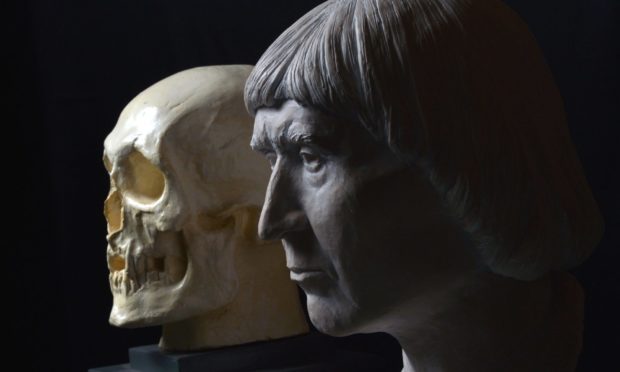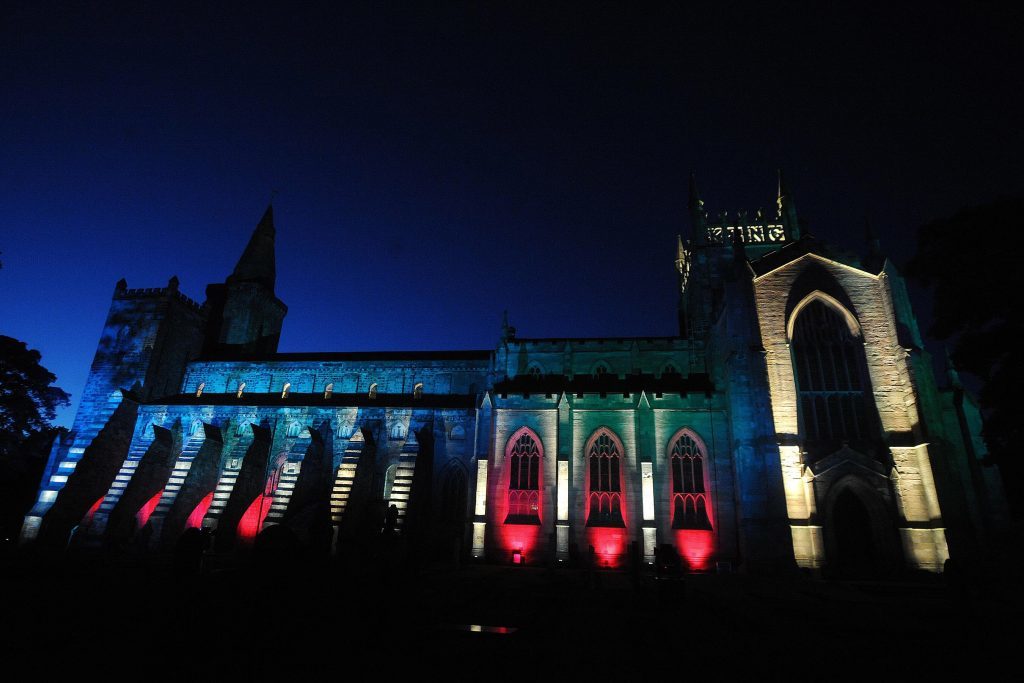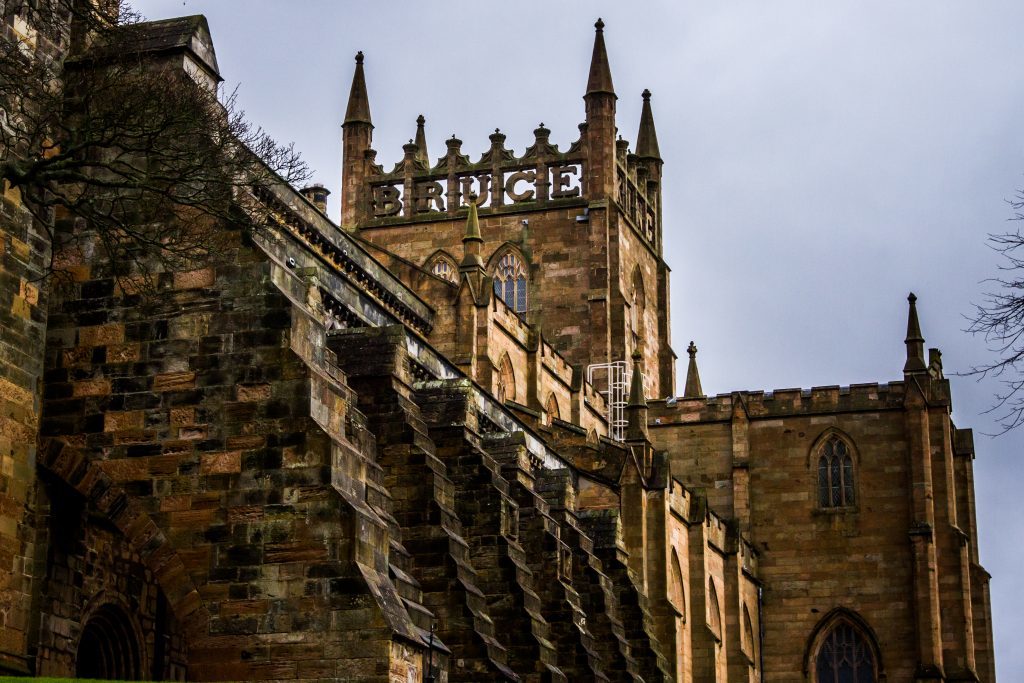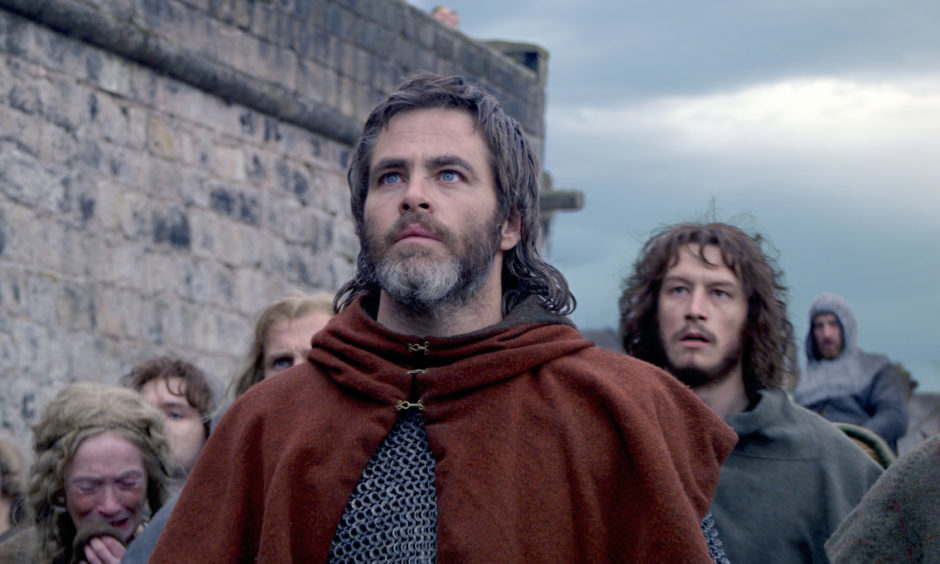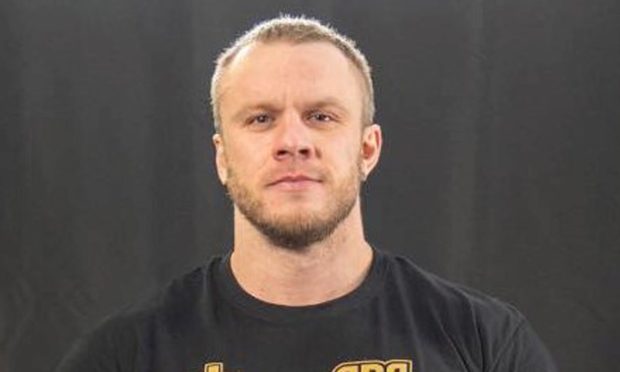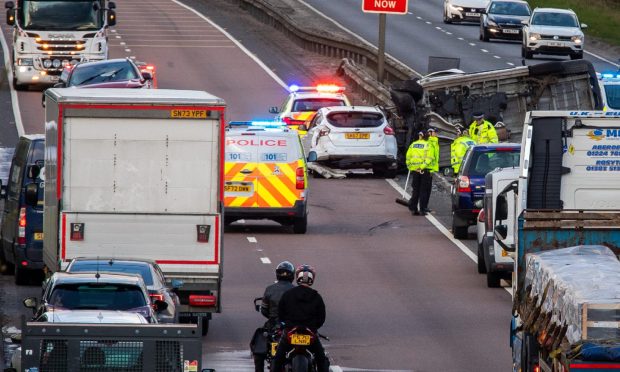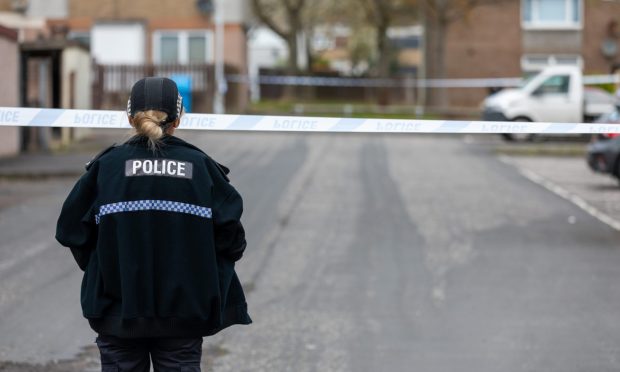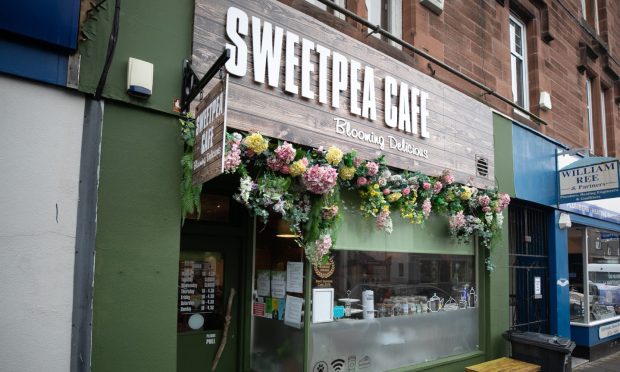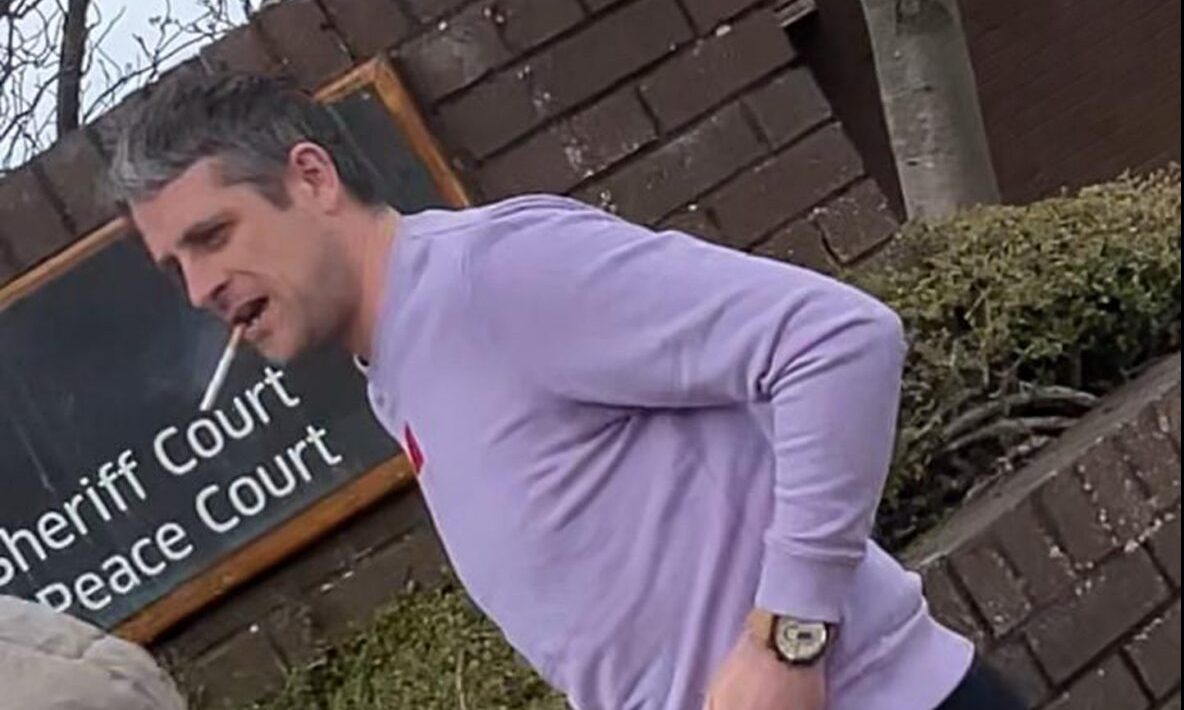The tomb of Robert the Bruce discovered at Dunfermline Abbey 200 years ago may actually be that of King David I, according to new research.
A research project has uncovered evidence of the original layout of the choir of Scotland’s historic Dunfermline Abbey – the final resting place of the legendary Scottish ruler.
Led by Stirling University historian Dr Michael Penman, the three-year partnership project with Historic Environment Scotland (HES) used a series of ground-penetrating radar surveys to study the abbey.
The surveys provide evidence of more than 15 potential elite burials focused around the abbey’s 14th Century Lady Chapel and aisle, as well as around the east end pilgrimage shrine erected around 1250 for royal saint Margaret, queen of Malcolm III.
The results allowed the team to create a speculative plan of the lost medieval choir – an area left ruinous following the Protestant Reformation in 1560.
The surveys also found radar and archival evidence for the lost high altar settings of the abbey choir and a formerly unnoticed southern transept chapel and aisle dedicated to St John the Baptist.
Evidence raised questions about The Bruce’s true gravesite
Radar and archival evidence was also uncovered raising questions about the true gravesite of King Robert the Bruce.
Dr Penman said: “In 1818, architect William Burn uncovered a grave and a lead-encased skeleton, which was generally accepted as being Bruce’s remains.
“However, combining our radar evidence with measurements taken by local historian Ebenezer Henderson in 1854, it raises the likelihood that the position of this original grave site was too close to the screened high altar for it to have been the original burial site. In this position, it would have impeded the chancel steps, liturgy of the mass and been obscured to visitors in the aisles.
“One possibility is that this site was a ‘rescue’ burial by monks who reportedly stayed on at Dunfermline until around 1580, in defiance of the Reformation, and who perhaps saved these remains after a box tomb was destroyed.
“That would explain why this skeleton was found covered in a late 16th or 17th Century ‘anthropomorphic’ lead shroud in quite a shallow, crude grave slot.
“Through this study, we also found potential evidence of the existence of double tombs, and it could also have been the case that Bruce was originally buried within the northern central presbytery of the choir, together with his queen, Elizabeth de Burgh.”
Legendary Scottish king died in 1329
Robert the Bruce died aged 54 on June 7 1329, at the Manor of Cardross, near Dumbarton, having fulfilled his goal for the Bruce right to the Scottish crown to be recognised.
His body was embalmed and his heart removed and taken on crusade by Sir James Douglas in a silver casket worn on a chain around his neck. Bruce’s body was carried to Dunfermline Abbey and interred.
Dr Penman said there was only around a 50% chance the skeleton discovered in 1818 was that of Bruce – and it could belong to David I who died in 1153 or even a wealthy Fife merchant from the period after the 1560 Reformation.
He added: “We know so little about the 1560 to early 19th Century period, that you’ve really got to be careful.
“It could well be a medieval king. The lead looks 17th Century so it could be that Bruce’s tomb was smashed in the Reformation and the monks rescued the bones. But would they rescue Robert, or would they rescue David, who they regarded as a saint, and the abbey’s founder?
“But Dunfermline is like Westminster – it’s not a single person’s mausoleum but a big complex, changing place over time.”
Dunfermline Abbey was founded by David I
Dunfermline’s Benedictine Abbey, founded by King David I around 1128, is one of Scotland’s most important cultural sites and has received more royal dead than any other place in the kingdom, except Iona.
In 2021, the “new” Abbey Church, which was built atop the medieval choir ruins and opened for public worship in 1821, will celebrate its bicentennial year.
The radar surveys, led by Erica Carrick Utsi, of EMC Radar Consulting, took in a mixture of interior and exterior areas of the abbey church.
Richard Strachan, of Historic Environment Scotland, said: “This project has been very significant in reinforcing the importance of the role of the abbey church as a royal mausoleum.”
